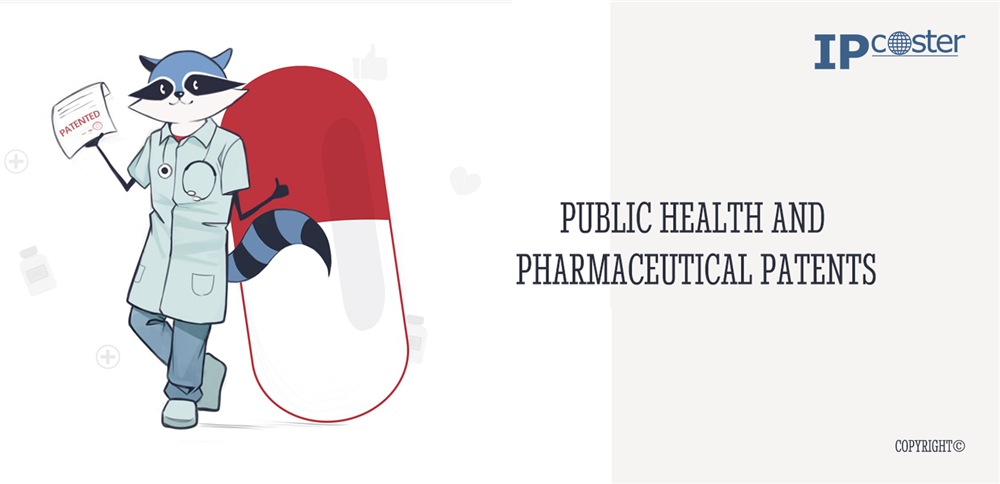IP-Academy

Public Health and Pharmaceutical Patents
It is safe to say that we all know the importance of innovation and its place in society. Pharmaceutical inventions, for example, have saved countless lives, with vaccines being one of the most discussed topics of 2020. They are vital to public health, and policy makers must weigh up the factors of pharmaceutical patent rights compared to the accessibility of the inventions to the public, but what is a pharmaceutical patent?
A pharmaceutical patent, much like a regular patent, grants exclusive right over the use of an invention to the patent owner, however there are a few differences in terms of validity periods and licensing. In addition to the basic validity period of 20 years from the filing date, a Supplementary Protection Certificate (SPC) may be granted in respect of pharmaceutical patents in more than 20 countries, including the US, UK and some countries of the EEA (European Economic Area), for example. The latter issues the SPC, which allows for an extension providing either an overall maximum of 15 years of exclusivity from the date of the first marketing authorisation (MA), or 5 supplemental years after the expiry of the patent, and is designed to compensate the inventor(s) for any time lost between the granting of the patent and the MA of the same.
In the UK an SPC will not extend the term of a patent, but gives similar protection, which enters into force when the patent expires and can last for up to 5 years. An SPC for a medicinal active ingredient may also be extended for a further six months if it has undergone the appropriate pediatric testing. It is worth noting that this may be subject to change after Brexit is finalised.
A similar system applies in the US, however, the Certificate Extending Patent Term applies to the entire patent in this jurisdiction. Furthermore, the term of a patent eligible for extension shall be extended by the time equal to the regulatory review period for the approved product. Such period occurs after the date the patent is issued, whereas in the EEA the scope is narrower, applying only to the active ingredient(s) of the patented product.
The duration of the certificate can also be limited in certain instances, for example, when a patent term has already been extended under a specific national law.
Although patent protection contributes to greater pharmaceutical research funding, which is a strong incentive to continued development of life-saving inventions, it can also hinder individuals from obtaining the treatment they need due to monopolization of patented treatments and corresponding increases in costs. A possible remedy to this is compulsory licensing, a mechanism which allows another party to produce a patented product or process without the express consent of the owner of the pharmaceutical patent itself. Safeguards such as this ensure that the pharmaceutical industry can be compensated for its scientific advances and contribution to the public health, while also preventing monopolization. On the flip side, however, critics have argued that licensing may create incentive issues, with companies purchasing licenses and increasing treatment costs as opposed to researching and developing new ones.
The socio-ethical implications of pharmaceutical patent rights on the wider public health are contentious, and require a collective approach of resolution. A combination of policy reform, standardised pharmaceutical state funding, company obligations, and a collaborative commitment to the stabilisation of pharmaceutical treatment costs may be the key to fairness and accessibility for the good of public health.